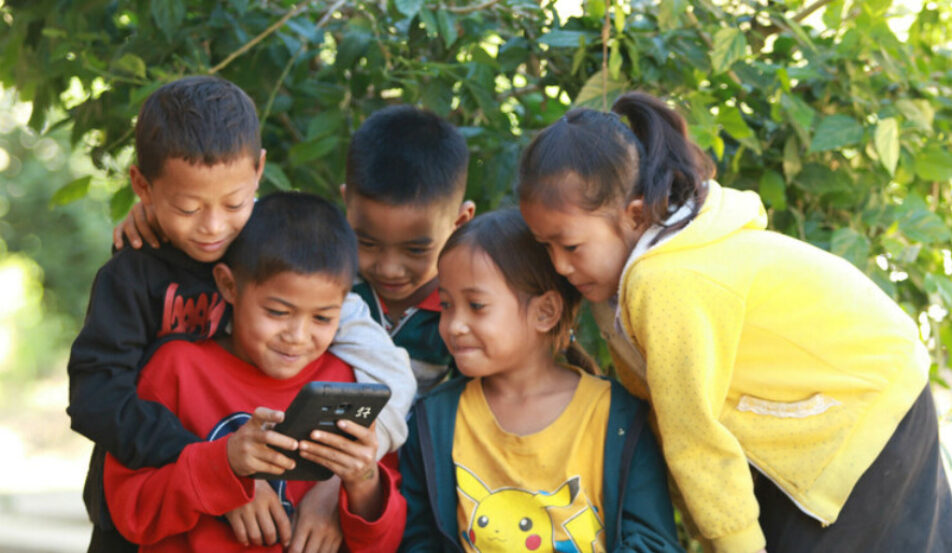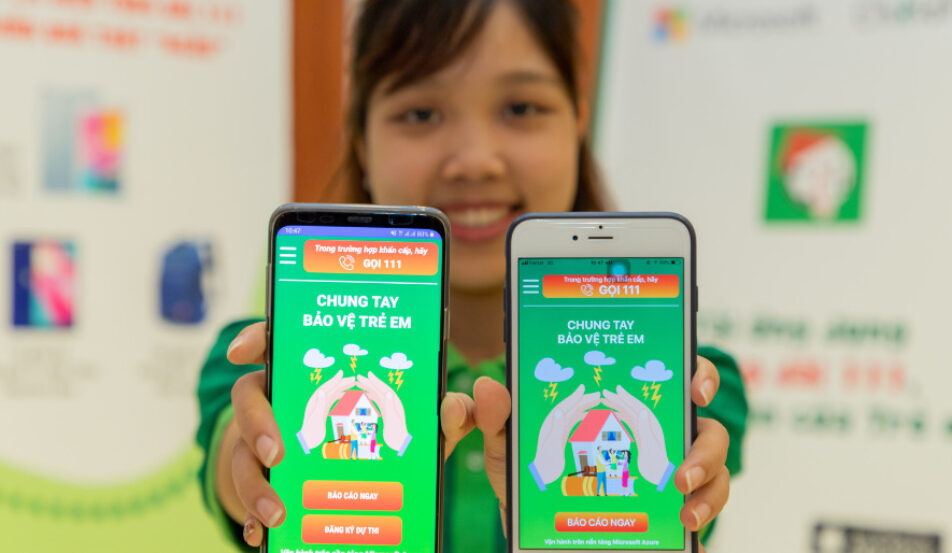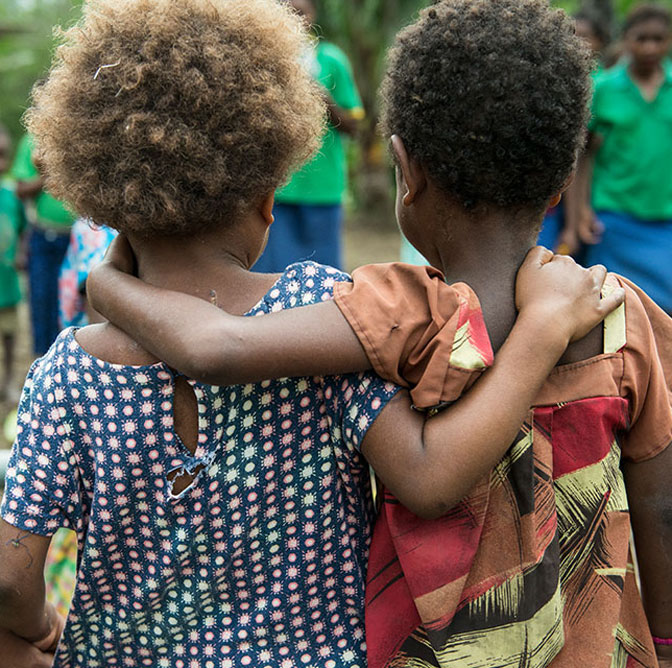Online safety: what it means for children and parents
As technology continues to evolve and we increasingly embrace a digital world, concerns about the safety of children online have become more relevant than ever.
Children and youth – who account for an estimated one in three internet users around the world – are the some of the most vulnerable to online risks such as cyberbullying, offensive or illegal content such as racist comments and pornographic images, sexting, trolling and contact from online predators.
In Australia a quarter of young people between the ages of 12 and 17 say they have been targets of bullying or hurtful comments online, according to research by the eSafety Commissioner.
A greater proportion – between 50 to 60 per cent – had encountered other inappropriate or hateful content, including racist remarks or violent and disturbing imagery.
The iGeneration
Today 86 per cent of Australian households are online, and the proportion of young people using the internet is greater than any other age group.
Worldwide, 71 per cent of youth between the ages of 15 to 24 are online, compared with 48 per cent of the total population, according to UNICEF’s 2017 report Children in a Digital World.
There’s also growing evidence that children are accessing the internet at increasingly younger ages.
ChildFund Australia’s child protection advisor Mark Kavenagh, who has developed online safety programs for young people in the Asia-Pacific region, says while the risks of being online are very real, the internet has also provided young people with more opportunities than ever before.
“The rapid increase in internet access has opened the door to a huge amount of information that can support children’s formal and informal learning,” he says.
“It can help to open their eyes to the opportunities that are available to them beyond their community.
Mark also adds that the online world, without the restraints of geography, can provide many new opportunities for social connections.
“There is also the potential for information and support for marginalised young people. For example, think about a teenager questioning their sexuality in a rural area.”
Ninety per cent of Australian parents believe their child benefits from being online, saying the internet helps them with their schoolwork and to find information, and it keeps them entertained, according to the eSafety Commissioner.
While all children who go online face some level of risk, vulnerable and marginalised children are at the greatest peril.
“They might have fewer resources and may be still coming to terms with big technological advances,” he says. “They are less prepared to protect and respond.”
In 2017, Mark and his team implemented an online safety project targeting 12,000 teenagers in some of the poorest regions in northern Vietnam.
The Swipe Safe initiative, which is being introduced into 30 Vietnamese schools, teaches students how to stay safe and make the most of their experiences online.
Mark says while it’s critical that schools are involved in educating children about online safety, parents also need to play a role.
“Parents can open up and maintain communication with their kids about their online worlds, and stay involved,” he says. “Letting kids know that trusting their gut instincts is smart, but also that nobody knows everything, and you are there to learn with them and advise.
“While adults might be slower to adapt to technology, lots of the rules of ‘real life’ can be applied to the online world.
“For example, if you wouldn’t say it in front of your grandma, then you probably shouldn’t be saying it on Facebook … and these days, she’ll probably see it too.”
This article was written for Safer Internet Day, held on 6 February 2018.






